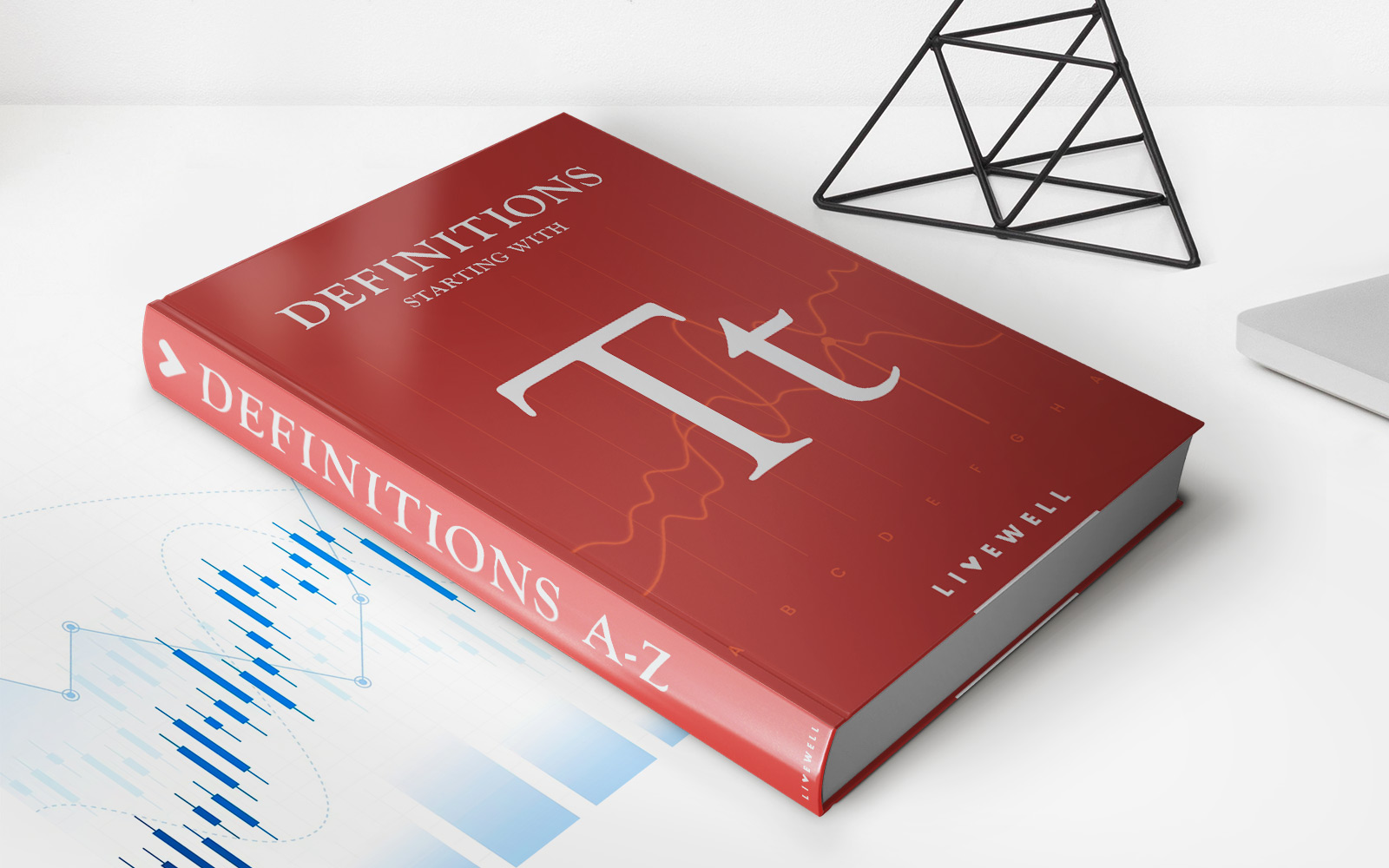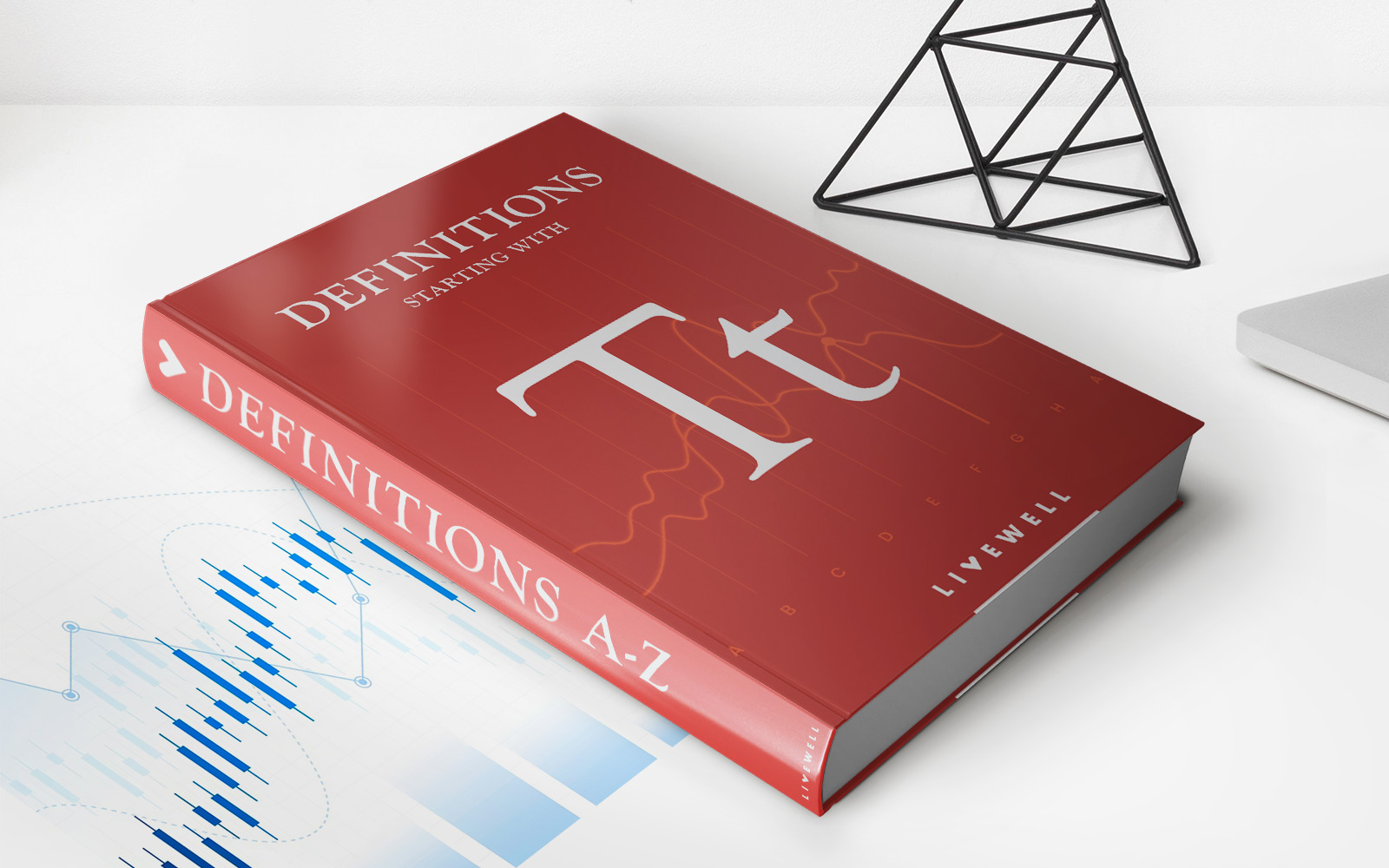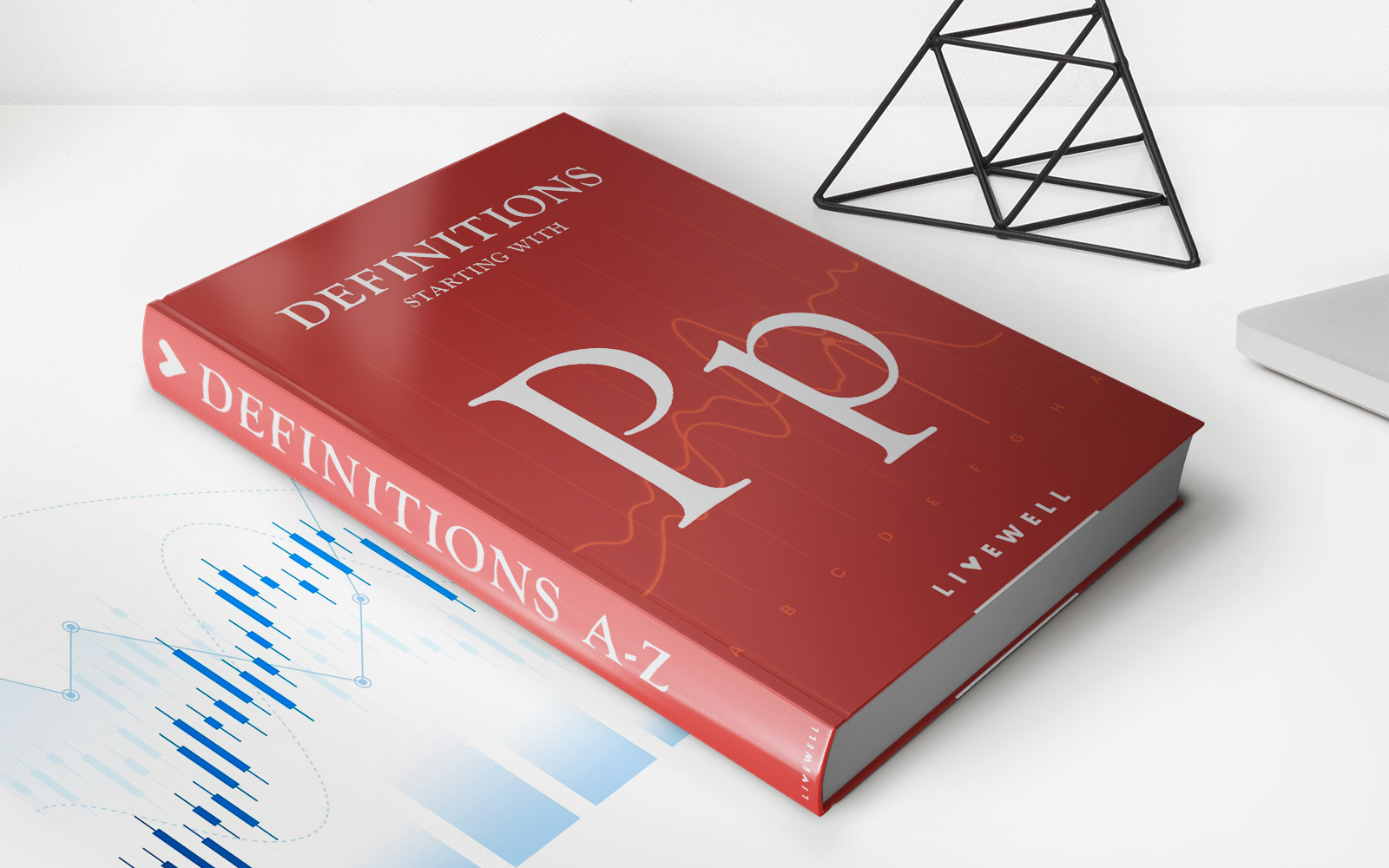Home>Finance>Tax Shield: Definition, Formula For Calculation, And Example


Finance
Tax Shield: Definition, Formula For Calculation, And Example
Modified: February 21, 2024
Learn about the tax shield in finance, including its definition, formula for calculation, and example. Discover how this concept can help businesses save on taxes.
(Many of the links in this article redirect to a specific reviewed product. Your purchase of these products through affiliate links helps to generate commission for LiveWell, at no extra cost. Learn more)
Tax Shield: Definition, Formula for Calculation, and Example
Welcome to the Finance category of our blog! In this post, we’ll dive into a concept that is essential for understanding tax planning and its impact on businesses and individuals alike – the tax shield. Whether you’re a business owner, investor, or simply interested in personal finance, understanding what a tax shield is and how to calculate it can help you make more informed financial decisions. So, let’s explore tax shields in more detail.
Key Takeaways:
- A tax shield is a reduction in taxable income due to legitimate deductions or credits, resulting in lower taxes paid.
- Businesses can leverage tax shields through expenses, depreciation, interest, and other allowable deductions.
What is a Tax Shield?
A tax shield is a financial strategy that allows businesses or individuals to reduce their taxable income, resulting in a lower tax liability. By taking advantage of legitimate deductions, credits, or other specific tax provisions, individuals and businesses can legally lower their taxes and retain more of their earned income.
Tax shields are essentially tools used to protect income from being taxable. They can take different forms, such as deductible expenses, tax credits, or depreciation allowances. By minimizing taxable income, individuals and businesses can increase their after-tax cash flow, allowing for reinvestment, debt reduction, or simply saving for future goals.
Formula for Calculating a Tax Shield
The formula for calculating a tax shield is relatively straightforward:
Tax Shield = Taxable Income × Tax Rate
To calculate the tax shield, you’ll need to know your taxable income and the applicable tax rate. For example, let’s assume a business has a taxable income of $100,000 and the corporate tax rate is 25%. Applying the formula, we can find the tax shield:
Tax Shield = $100,000 × 0.25 = $25,000
In this case, the tax shield would amount to $25,000, meaning the business would save $25,000 in taxes due to the deductions or credits it has utilized.
Example of a Tax Shield
Let’s consider a practical example to see how a tax shield works in real life. Imagine a small business that invests in machinery for production purposes. The cost of the machinery is $50,000, and it has an expected useful life of 10 years. Assuming a straight-line depreciation method, the business can deduct $5,000 ($50,000 divided by 10) from its taxable income each year for ten years as a depreciation expense.
Assuming a tax rate of 30%, the annual tax savings resulting from the depreciation tax shield would be:
Annual Tax Savings = Depreciation Expense × Tax Rate
Annual Tax Savings = $5,000 × 0.30 = $1,500
Over the ten-year period, the cumulative tax savings would amount to $15,000 ($1,500 annual tax savings multiplied by ten years). This means the business would have saved $15,000 in taxes due to the depreciation tax shield.
Conclusion
Understanding the concept of a tax shield can have a significant impact on your financial decision-making. By taking advantage of legitimate deductions, tax credits, and depreciation allowances, businesses and individuals can minimize their tax liability and retain more of their hard-earned income. It’s important to consult with a tax professional or financial advisor to understand the specific tax provisions applicable to your situation and optimize the use of tax shields effectively. By doing so, you can make informed financial decisions and potentially better secure your financial future.














